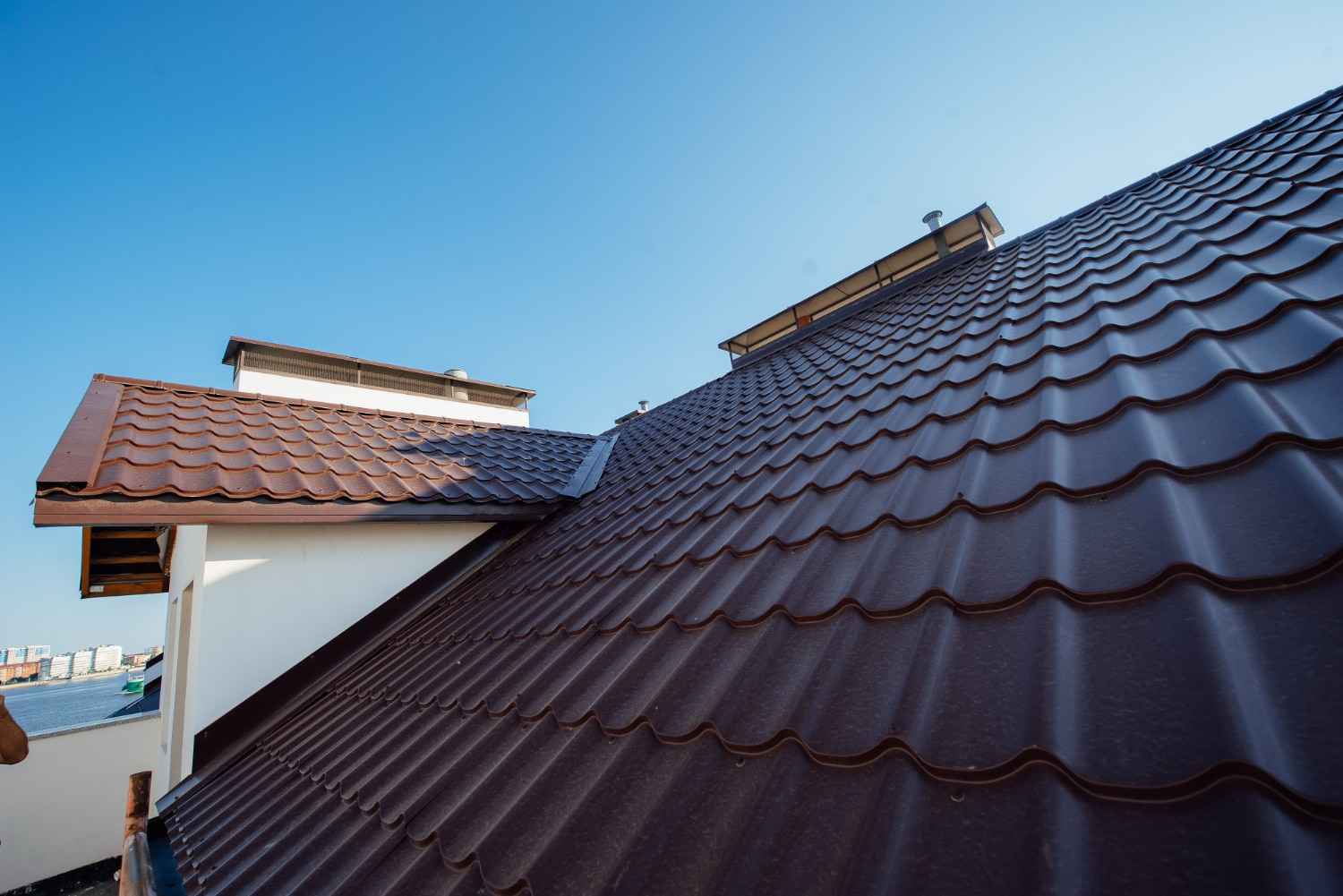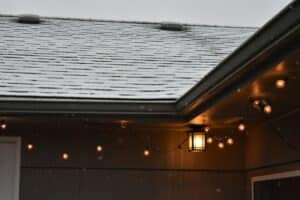Winter storms can be tough on your roof, especially if it’s made of tile. With the weight of snow and the impact of ice, even the smallest cracks can turn into major problems. Preparing your roof before the storm hits and knowing how to maintain it afterwards can save you from costly repairs and unexpected leaks.
Start by checking your roof for any damaged or loose tiles. It’s easier to fix small problems now than to deal with big ones later. Clearing out your gutters will help prevent ice dams, which can cause water to back up under your tiles. Also, think about trimming any branches that hang over your roof; they can snap during a storm and cause damage.
Once the storm has passed, take the time to inspect your roof for any new issues or debris. Look for broken tiles or any signs of wear that need immediate attention. Regular inspections are key to a long-lasting roof, so consider scheduling a professional review. Being proactive protects both your roof and your peace of mind.
Pre-Storm Preparations for Tile Roofs
1. Inspect and Repair Damaged Tiles
Before winter storms hit, it’s crucial to inspect your tile roof for any damage. Check for cracked, chipped, or missing tiles. Damaged tiles can allow water to seep into your roof, which can lead to leaks and structural damage.
Fixing these issues before a storm arrives can prevent small problems from becoming larger ones. Use a ladder and safely examine the roof, or hire a professional for a thorough inspection. Replace damaged tiles promptly and securely to ensure they withstand the harsh conditions.
2. Clear Gutters and Downspouts
Clogged gutters can cause water to back up and form ice dams. These ice formations prevent melting snow and water from draining off the roof, which can lead to leaks under the tiles. To avoid this, make sure your gutters and downspouts are clear of leaves, twigs, and other debris.
Regularly cleaning them in the fall will help ensure smooth water flow when winter arrives. If possible, consider installing gutter guards to minimize future blockages.
3. Trim Overhanging Branches
Overhanging branches pose a significant risk to your tile roof during a storm. High winds and the weight of snow can cause branches to break and fall onto your roof, damaging the tiles. Trim any branches that are close to or hanging over your roof to reduce the chances of damage.
It’s best to do this before winter begins when trees are easier to manage. By keeping the area above your roof clear, you protect it from unnecessary harm and reduce the risk of roof punctures.
Essential Tools and Materials for Protecting Your Roof
Having the right tools makes it easier to prepare and protect your tile roof. Here’s a handy list of tools you might need:
- Ladder: To safely inspect and access your roof.
- Safety harness: For extra safety when working on high roofs.
- Leaf blower or gutter scoop: To clear debris from gutters.
- Pruning shears or a chainsaw: For trimming branches.
- Hammer: For securing or replacing tiles.
- Flashlight: To inspect your roof for hidden cracks or damage.
Appropriate Materials for Repairs
When it comes to repairs, using the correct materials is key to providing lasting protection. For secure tile fixation, use roofing nails and a high-quality roofing adhesive that’s suited for your specific tile type. Replacement tiles should match the existing ones in material, size, and shape.
Gutter guards can be installed to prevent blockages from forming. Waterproof sealant is useful for minor cracks and seams to prevent water seepage. Having these materials ready can make a significant difference when storms approach, ensuring that your roof stays strong and protected.
Techniques to Minimize Damage During Winter Storms
1. Secure Loose Tiles
One of the simplest, yet most effective ways to protect your tile roof during winter storms is to ensure all tiles are secure. Loose tiles can let water in, leading to leaks and damage. Before a storm, check your roof and fasten any tiles that seem loose.
Use roofing nails and adhesive to make sure they stay in place. A well-secured roof will stand up much better to strong winds and heavy snow, reducing the risk of severe damage.
2. Install Snow Guards
Snow guards can play a crucial role in preventing damage from snow accumulation. They help hold snow on the roof to allow it to melt gradually, rather than sliding off all at once. This prevents the snow from pulling tiles with it or damaging gutters.
Installing snow guards is a proactive approach that can save you from having to deal with large clumps of snow falling off and causing harm to people or property below.
3. Use Ridge Vents for Ventilation
Proper ventilation is key to reducing ice dam formation on your roof. Ice dams occur when snow melts on the roof and refreezes at the edges, leading to blocked drainage paths. Ridge vents allow warm air to escape while letting in cooler air, balancing the temperature on your roof.
This reduces the risk of ice dams and helps maintain the integrity of your roof throughout the winter. Consider adding ridge vents if your roof doesn’t have adequate ventilation to keep conditions just right under your tiles.
Post-Storm Inspection and Maintenance Tips
1. Identify and Fix New Damage
After a winter storm passes, inspecting your roof for any new damage is crucial. Check for cracked or missing tiles, as well as any areas where water may have collected. Look for signs of ice dam formation or standing water.
Pay special attention to the roof edges and valleys where damage is most likely to occur. Spotting and fixing damage early can prevent future problems and keep your roof in great shape.
2. Clean and Remove Debris Safely
Once inspected, clear any debris like branches or leaves from your roof to prevent blocked gutters and drainage issues. Safely use a ladder and wear non-slip shoes to avoid accidents. A leaf blower can help remove loose debris without causing harm to the tiles.
Clearing debris promptly ensures your roof remains functional and prevents moisture problems. If there’s extensive buildup, consider hiring professionals to handle the cleanup.
3. Schedule Professional Roof Inspections
Even if everything seems fine, scheduling a professional roof inspection is wise. Experts can catch issues you might miss and provide peace of mind. They check for hidden damage, assess the overall condition of the roof, and recommend necessary repairs. Regular inspections extend the life of your roof and ensure it performs well through winter storms. It’s a small investment for long-term savings and safety.
Conclusion
Taking proactive steps to protect your tile roof from winter storms is essential in safeguarding your home. By preparing before storms arrive, you can minimize damage risks and extend your roof’s lifespan.
A well-maintained roof not only protects your home from severe weather conditions but also enhances its overall value. Whether you choose to handle some of the work yourself or call in professionals, regular care and attention can make a significant difference. Remember, a little preparation now can prevent a lot of trouble later, so take the time to look after your roof and enjoy peace of mind all winter long.
Now is the perfect time to ensure your roof is ready for the challenges of winter. Whether you need a detailed inspection, advice on maintenance, or professional repairs, Stratus Roofing is here to help.
Contact us today to schedule an appointment and let our residential roofing contractors in Orlando work for you, keeping your home safe and secure all season long!







